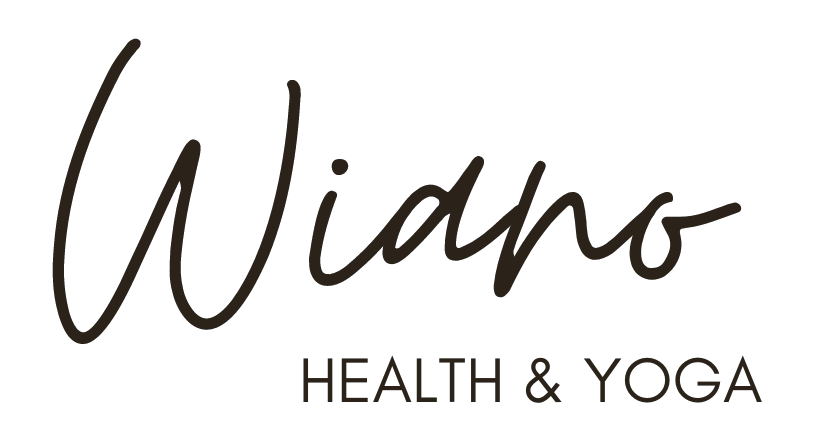How to use the KINOS bolster in restorative & yin yoga
A yoga bolster is a firm pillow or cushion designed to support your body in yoga asanas. Bolsters come in different shapes and sizes, from rectangular to round. They can be made of natural or synthetic materials. The filling can be, for example, buckwheat, spelt pods, synthetic fibre or cotton. The difference between these is in the sturdiness and how the bolster moulds to your body. Our round-shaped KINOS bolster is stuffed with dense buckwheat and it has a silky soft merino wool cover. The best part is, you can easily adjust the amount of stuffing to suit your exercises.
Bolsters are especially popular in Yin, prenatal, and restorative yoga, where added cushion can deepen the stretch without straining joints or bones. They also add height and support to open the heart or the hip flexors. Yin and restorative yoga have many similar postures, but they are used in slightly different ways.
Yin Yoga focuses on stretching the deep connective tissues in our bodies (ligaments, tendons, and fascia) rather than the more superficial muscle tissue. In Yin Yoga, only passive poses and a minimum of muscle work are used. The poses are supported with different yoga props. Yin poses are typically held for 2–5 minutes.
Restorative yoga is the most restful, muscle-melting yoga style out there. Restorative yoga is practised at a slow pace, focusing on long holds, stillness, and deep breathing. Your body should be supported so that you don't have to strain your muscles at all. You can hold the poses for up to 20 minutes. This is why it is crucial to find a comfortable position. With a yoga bolster, your comfort and meditative bliss can go to the next level. With a help of a couple of yoga blocks, you will get even more alternatives to your poses.
You can place the bolster under your back in the chest- and hip-opening poses, under your stomach in forward-leaning poses, or you can use it as a weight on your body, for example, in the "legs up on the wall" pose.
In the pictures, we have demonstrated a few easy yin and restorative poses you can start with. Remember to fit the practice to your own level and don't try to start with too complex poses. Remember that the asanas should never hurt!









